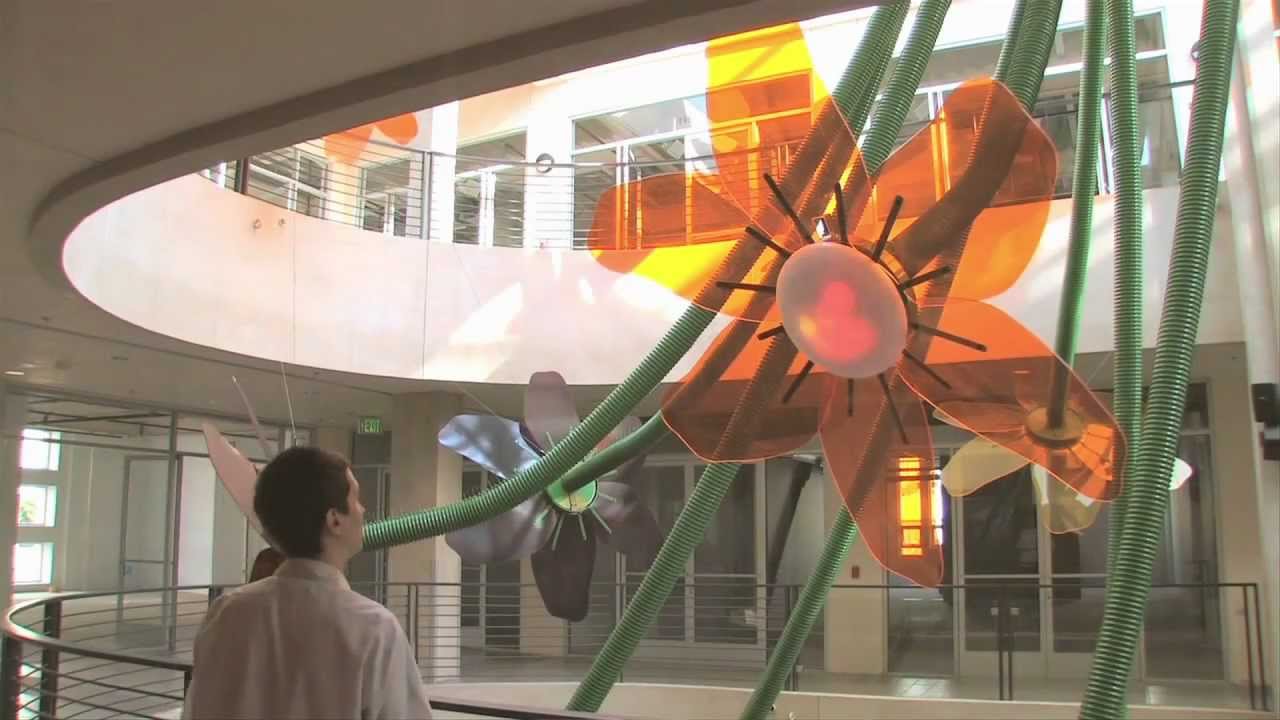Responsive Environments - Enhancing Human Experience Through Technology
In the past few years, technology has become more and more a part of our everyday lives, and architecture is no exception. Creating responsive environments is one of the most interesting ways architects are coming up with new ideas.
George EvansApr 10, 202324 Shares906 Views

In recent years, technology has been increasingly integrated into our daily lives, and architecture is no exception. One of the most exciting areas of innovation in architecture is the development of responsive environments.
Responsive environments use technology to enhance the user experience, creating spaces that can adapt to their needs and preferences.
What Are Responsive Environments?
Responsive environments refer to physical spaces that are designed to interact and respond to the needs and actions of the people using them.
These environments typically incorporate various types of sensors, devices, and software that enable them to detect and interpret human behavior and adjust their functionality or appearance accordingly.
The goal of responsive environments is to create spaces that are more adaptable, flexible, and personalized, enhancing the user experience and improving the overall efficiency of the space.
These environments can be found in a variety of settings, including homes, offices, public spaces, and entertainment venues.

Designing Responsive Environments: Cameron McNall at TEDxUCLA
How Do Responsive Environments Work?
Responsive environments use a variety of sensors and other technologies to gather data about their users and the environment around them.
This data is then used to adjust the environment to meet the user's needs. For example, a smart home might use sensors to detect when a user is in a particular room, and adjust the lighting and temperature accordingly.
An interactive museum might use augmented reality to provide visitors with additional information about exhibits as they walk through the space.
Benefits Of Responsive Environments
There are many benefits to using responsive environments in architecture. One of the main benefits is that they can create a more personalized and intuitive user experience.
By adapting to the user's needs, responsive environments can make users feel more comfortable and at ease in a space. This can be particularly beneficial in healthcare settings, where patients may be anxious or uncomfortable.
Responsive environments can also be more energy-efficient than traditional buildings. By using sensors to detect when a room is occupied, for example, a smart building can adjust lighting and temperature to reduce energy waste.
Challenges Of Responsive Environments
Despite the many benefits of responsive environments, there are also some challenges to their implementation. One of the main challenges is cost.
The technology required to create a responsive environment can be expensive, and there may be ongoing costs associated with maintenance and updates.
Another challenge is privacy. Responsive environments rely on sensors and other technologies to collect data about users, which can raise concerns about privacy and security.
It is important for architects and designers to be mindful of these concerns and to take steps to protect users' privacy.
The Future Of Responsive Environments
As technology continues to advance, the future of responsive environments holds immense promise. One area where we are already seeing a lot of development is in the field of smart homes.
With the Internet of Things (IoT), homes can be equipped with sensors and devices that respond to the needs of occupants.
For example, lighting and temperature can be automatically adjusted based on the time of day or the preferences of the people in the home.
Smart homes can also integrate with other devices such as wearables, making it possible to track health and wellness data.
Another area where responsive environments are likely to have a significant impact is in the workplace. By creating spaces that can adapt to the needs of employees, companies can increase productivity and wellbeing.
For example, workstations can be set up to adjust the height of the desk and monitor to the individual needs of each worker. Additionally, lighting and temperature can be adjusted to create a more comfortable and productive environment.
The future of responsive environments also includes the potential for large-scale projects such as smart cities. By integrating various systems such as transportation, energy, and security, cities can be designed to be more efficient and sustainable.
For example, traffic lights can be connected to sensors that adjust the timing of the lights based on traffic flow, reducing congestion and emissions.
As technology continues to advance and become more affordable, the potential for responsive environments will only continue to grow.
The possibilities are endless, and we are likely to see many more innovative applications of this technology in the years to come. The future of responsive environments is bright, and it has the potential to transform the way we live and work.
People Also Ask
What Is Meant By A Responsive Environment?
A responsive environment is an environment that can sense and react to the actions and needs of its occupants.
This can be achieved through the use of various sensors and technologies that allow the environment to adjust its behavior in real-time based on the occupants' needs.
What Are Some Examples Of Responsive Environments?
Some examples of responsive environments include smart homes, interactive art installations, and adaptive workplaces.
These environments use technologies such as sensors, actuators, and computer systems to sense and respond to the actions and needs of their users.
How Can Responsive Environments Improve Energy Efficiency?
Responsive environments can improve energy efficiency by adjusting their behavior in real-time to reduce energy waste.
For example, a smart home system can automatically adjust the temperature and lighting based on the occupancy of the home, reducing energy use when the home is unoccupied.
What Role Do Sensors Play In Creating Responsive Environments?
Sensors play a critical role in creating responsive environments by providing the information necessary for the environment to sense and react to the actions and needs of its users.
Examples of sensors used in responsive environments include motion sensors, temperature sensors, and light sensors.
Final Words
Responsive environments are an emerging field in architecture and design that hold great potential for creating immersive and interactive spaces.
As technology continues to advance, it is likely that we will see more and more responsive environments in various applications, from entertainment to education to healthcare.
The ability of these environments to adapt and respond to the needs of the users can greatly enhance the experience and functionality of the space.
As such, architects and designers will need to continue to explore and develop new techniques and technologies to create responsive environments that are both functional and aesthetically pleasing.
Latest Articles
Popular Articles